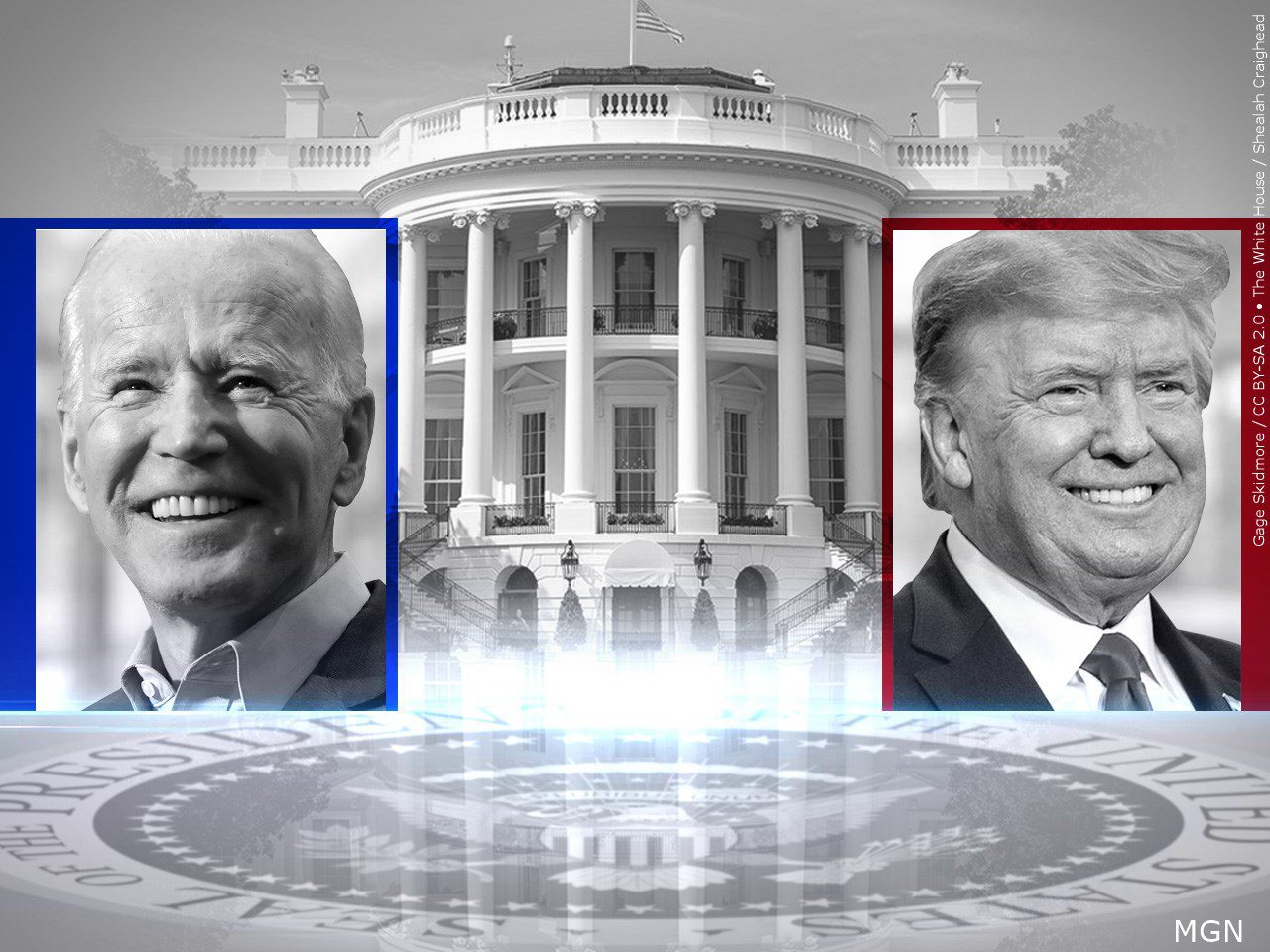Minnesota Primary Election Overview

The Minnesota primary elections are a crucial step in the state’s political process, offering voters the opportunity to select their preferred candidates for various offices. These elections typically take place in June, with the exact date varying based on the election cycle. Key races often include the selection of candidates for the United States Senate, House of Representatives, governor, and other state-level positions. The outcomes of these primaries significantly influence the general elections, shaping the political landscape of Minnesota and potentially impacting national politics.
Historical Context of Minnesota Primary Elections
Minnesota’s primary elections have a rich history, dating back to the early 20th century. The state’s first primary election was held in 1901, with the aim of increasing voter participation and providing greater choice for voters. Over the years, the primary system has evolved, with changes in the rules and regulations governing the process. These elections have played a significant role in shaping the state’s political landscape, influencing the selection of candidates and the direction of policy.
Electoral Process in Minnesota, Minnesota primaries
Minnesota’s electoral process is characterized by its accessibility and focus on voter participation. The state has a robust voter registration system, allowing individuals to register online, by mail, or in person at various locations. Absentee voting is also readily available, with voters able to request absentee ballots by mail or in person. The state offers numerous polling locations across its counties, ensuring that voters have convenient access to the ballot box.
Key Candidates and Races: Minnesota Primaries

The Minnesota primary elections are a crucial step in determining the candidates who will compete in the general election. Several key races are attracting significant attention, with candidates vying for positions ranging from Governor to U.S. Senate. This section delves into the prominent candidates, their key issues, and their platforms, providing a comprehensive overview of the political landscape in Minnesota.
Governor
The race for Governor of Minnesota is one of the most closely watched contests in the state. The incumbent, Governor Tim Walz (DFL), is seeking re-election, facing a challenge from several Republican candidates. The primary election will narrow the field to one Republican candidate to face Walz in the general election.
Key Candidates
- Tim Walz (DFL): Governor Walz is seeking a second term in office. His campaign focuses on issues such as education, healthcare, and economic development. He highlights his record on addressing the COVID-19 pandemic, supporting public education, and investing in infrastructure.
- Scott Jensen (Republican): Dr. Jensen is a physician and former state senator. His campaign centers on issues such as education reform, reducing taxes, and addressing crime. He criticizes the state’s response to the COVID-19 pandemic and supports parental rights in education.
- Dr. Neil Shah (Republican): Dr. Shah is an anesthesiologist and businessman. His campaign focuses on issues such as healthcare, education, and economic growth. He emphasizes the need for greater transparency and accountability in government.
U.S. Senate
The race for the U.S. Senate in Minnesota is another high-profile contest. Incumbent Senator Tina Smith (DFL) is seeking re-election, facing a challenge from several Republican candidates. The primary election will determine the Republican nominee who will face Smith in the general election.
Key Candidates
- Tina Smith (DFL): Senator Smith is seeking a second term in the U.S. Senate. Her campaign emphasizes issues such as healthcare, climate change, and economic opportunity. She highlights her work on legislation addressing these issues and her commitment to representing the interests of Minnesota residents.
- Dr. Kevin Dahle (Republican): Dr. Dahle is a physician and businessman. His campaign focuses on issues such as reducing taxes, promoting economic growth, and supporting law enforcement. He criticizes the current administration’s handling of the economy and national security.
- Ryan Wilson (Republican): Mr. Wilson is a businessman and former candidate for Governor. His campaign focuses on issues such as education reform, reducing government spending, and promoting individual liberty. He emphasizes the need for a smaller, more efficient government.
U.S. House of Representatives
The Minnesota primary elections will also feature races for all eight U.S. House of Representatives seats. While some races are expected to be competitive, others are likely to be decided in the primary.
Key Races
- District 1 (Southern Minnesota): This district is currently represented by Congressman Jim Hagedorn (R). The Republican primary is expected to be competitive, with several candidates vying for the nomination. The Democratic primary is less crowded, but the winner will face a tough challenge in the general election.
- District 2 (Southern Minnesota): This district is currently represented by Congresswoman Angie Craig (DFL). The Republican primary is expected to be competitive, with several candidates vying for the nomination. The Democratic primary is less crowded, but the winner will face a tough challenge in the general election.
- District 3 (Central Minnesota): This district is currently represented by Congressman Dean Phillips (DFL). The Republican primary is expected to be competitive, with several candidates vying for the nomination. The Democratic primary is less crowded, but the winner will face a tough challenge in the general election.
- District 4 (Twin Cities Metro Area): This district is currently represented by Congressman Betty McCollum (DFL). The Republican primary is expected to be competitive, with several candidates vying for the nomination. The Democratic primary is less crowded, but the winner will face a tough challenge in the general election.
- District 5 (Twin Cities Metro Area): This district is currently represented by Congresswoman Ilhan Omar (DFL). The Republican primary is expected to be competitive, with several candidates vying for the nomination. The Democratic primary is less crowded, but the winner will face a tough challenge in the general election.
- District 6 (Twin Cities Metro Area): This district is currently represented by Congressman Tom Emmer (R). The Republican primary is expected to be competitive, with several candidates vying for the nomination. The Democratic primary is less crowded, but the winner will face a tough challenge in the general election.
- District 7 (Northern Minnesota): This district is currently represented by Congressman Collin Peterson (DFL). The Republican primary is expected to be competitive, with several candidates vying for the nomination. The Democratic primary is less crowded, but the winner will face a tough challenge in the general election.
- District 8 (Northern Minnesota): This district is currently represented by Congressman Pete Stauber (R). The Republican primary is expected to be competitive, with several candidates vying for the nomination. The Democratic primary is less crowded, but the winner will face a tough challenge in the general election.
State Legislature
The Minnesota primary elections will also feature races for all 201 seats in the Minnesota State Legislature. These races are often overlooked, but they are crucial in shaping state policy.
Key Races
- Senate District 34 (Twin Cities Metro Area): This district is currently represented by Senator Susan Kent (DFL). The Republican primary is expected to be competitive, with several candidates vying for the nomination. The Democratic primary is less crowded, but the winner will face a tough challenge in the general election.
- House District 49A (Twin Cities Metro Area): This district is currently represented by Representative Kelly Moller (DFL). The Republican primary is expected to be competitive, with several candidates vying for the nomination. The Democratic primary is less crowded, but the winner will face a tough challenge in the general election.
- House District 52B (Twin Cities Metro Area): This district is currently represented by Representative Michael Howard (DFL). The Republican primary is expected to be competitive, with several candidates vying for the nomination. The Democratic primary is less crowded, but the winner will face a tough challenge in the general election.
Voter Demographics and Trends

Minnesota’s electorate is diverse, reflecting the state’s varied population. Understanding the demographic makeup of the electorate is crucial for analyzing potential voting patterns and predicting the outcome of the primary elections.
Voting Patterns of Different Demographic Groups
The voting patterns of different demographic groups in Minnesota have historically exhibited distinct trends.
- Age: Younger voters (18-29 years old) tend to have lower voter turnout compared to older generations. However, in recent years, there has been an increasing trend of younger voters engaging in political processes.
- Race and Ethnicity: Minnesota has a growing minority population, particularly in the Twin Cities metropolitan area. African American, Hispanic, and Asian American voters have historically exhibited higher support for Democratic candidates.
- Gender: Women tend to have higher voter turnout than men in Minnesota. Historically, women have shown greater support for Democratic candidates, particularly on issues related to healthcare and education.
- Education: Voters with higher levels of education tend to have higher voter turnout and are more likely to participate in political processes. There is a correlation between education levels and political engagement, with voters with higher education levels often demonstrating greater knowledge and awareness of political issues.
- Income: Lower-income voters often face barriers to voting, such as limited access to transportation or time off work. Historically, lower-income voters have shown greater support for Democratic candidates, who often advocate for policies that address economic inequality.
Emerging Trends in Voter Behavior
Recent trends in voter behavior in Minnesota suggest potential shifts in the electorate’s political preferences.
- Increased Polarization: The political landscape in Minnesota, like many other states, has become increasingly polarized in recent years. This polarization is reflected in the growing divide between voters who identify as Democrats and Republicans.
- Rise of Independent Voters: A growing number of voters in Minnesota are identifying as independent or unaffiliated with either major political party. This trend could potentially influence the outcome of primary elections, as independent voters may be more likely to support candidates who are seen as more moderate or less partisan.
- Impact of Social Media: Social media platforms have become increasingly influential in shaping political discourse and voter behavior. Candidates are using social media to connect with voters, share their messages, and mobilize supporters. The impact of social media on voter behavior is a topic of ongoing research and debate.
The Minnesota primaries are always a fascinating affair, with a diverse array of candidates vying for a chance to represent their districts. One of the most closely watched races was the contest for Ilhan Omar’s seat, with several challengers hoping to unseat the incumbent.
You can find a comprehensive look at the ilhan omar primary results and the race itself, providing a glimpse into the political landscape of Minnesota.
The Minnesota primaries are a crucial step in the state’s political process, shaping the candidates who will compete in the general election. These primaries serve as a platform for voters to express their preferences and influence the direction of the upcoming election.
To gain a deeper understanding of the potential outcomes of the general election, it’s essential to examine the minnesota election results from previous cycles. This analysis provides valuable insights into voter trends, party dynamics, and the overall political landscape, which can be instrumental in predicting the results of the upcoming primaries.